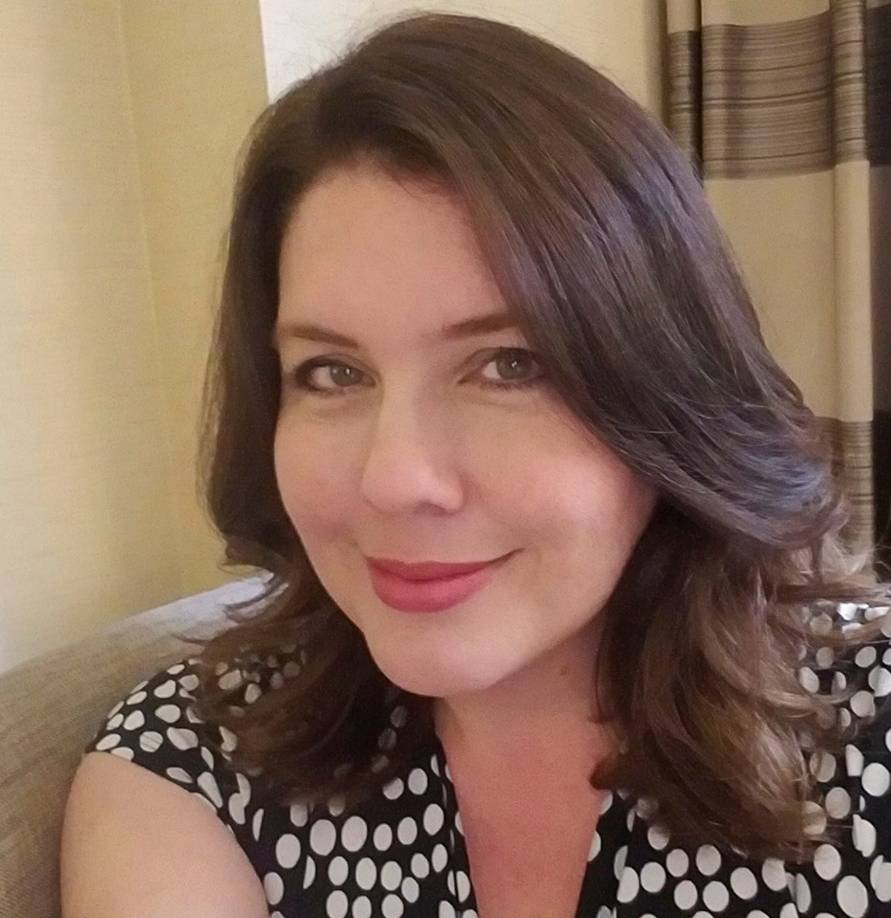Kim O'Connell, M.A.H.P. '06
Kim O'Connell, M.A.H.P. ’06, is working to capture the experiences of Asian Americas in the United States.
To celebrate the M.A. in Historic Preservation Program's 25th anniversary and the success of its alumnae/i, the Welch Center will be interviewing some of the program's graduate to gain insight on what they love about the program, what they learned in the program, and how they are working to preserve places in a rapidly changing world.
 This week's feature is Kim O'Connell, M.A.H.P. '06.
This week's feature is Kim O'Connell, M.A.H.P. '06.
What excites you most about the field of historic preservation?
How diverse and adaptable it is. What constitutes preservation for one building, place, or people means something entirely different someplace else. Our field is flexible enough to respond to diverse circumstances and people and a rapidly changing climate (in every sense of the word).
What is the most interesting/unusual/challenging project you’ve worked on?
By far, the most interesting and enduring project I’ve worked on is the ongoing interpretation of the former Little Saigon in Arlington, Virginia—the first major enclave of Vietnamese refugees in the Washington, DC, area following the end of the Vietnam War. My work on this began life as a Goucher paper and has continued through the publication of a fully illustrated booklet, the collection of oral histories, walking tours of the former Little Saigon, and other ongoing projects. My goal is to one day see a historical marker or work of public art erected in the Little Saigon era to remember this momentous time.
What is your favorite thing about the M.A.H.P. Program at Goucher?
I enjoyed all my professors and my cohort of dedicated, intelligent, and interesting classmates. We stayed close for many years afterwards and still keep tabs on each other’s lives. I am still close with Professor Hugh Miller and was honored to help host his Goucher retirement party.
What is the most important thing you have learned from the M.A.H.P. Program?
To be creative. The solution isn’t always obvious.
How has the field of historic preservation changed over the years?
Our field is still evolving as it works to recognize the places and buildings important to underrepresented people. It’s well positioned now to respond to growing needs for resilience and adaptability in the face of climate change.
How has the M.A.H.P. Program grown in 25 years? What changes are you most proud to have seen?
I’m glad the program is embracing a more far-reaching view of what constitutes “historic.” I’m honored to have been part of this program. I will always be grateful to founding director Richard Wagner for his vision.
How are you working to preserve places in a rapidly changing world? What are the challenges in doing this work?
I’m working to capture the experiences of Asian Americans in this country and the imprint they’ve made on this country in terms of place. The challenge is that this is often more recent history and has only recently been seen to have value, so many places have already been lost. There is also the challenge of convincing public officials, funders, and community partners that this is worthwhile work.
What historic places do you want to see preserved in the years to come? Why?
I’m particularly interested in preserving places important to the Vietnamese diaspora in the Washington, DC, area and in other parts of the country.
In your opinion, what is the future of the historic preservation field? Where would you like to see the program in the next 25 years?
Our future lies in how historic buildings and neighborhoods are leveraged to serve double-duty not just as repositories of our history but as front-line defenders against the kind of building practices that contribute to environmental degradation, sprawl, and climate change.